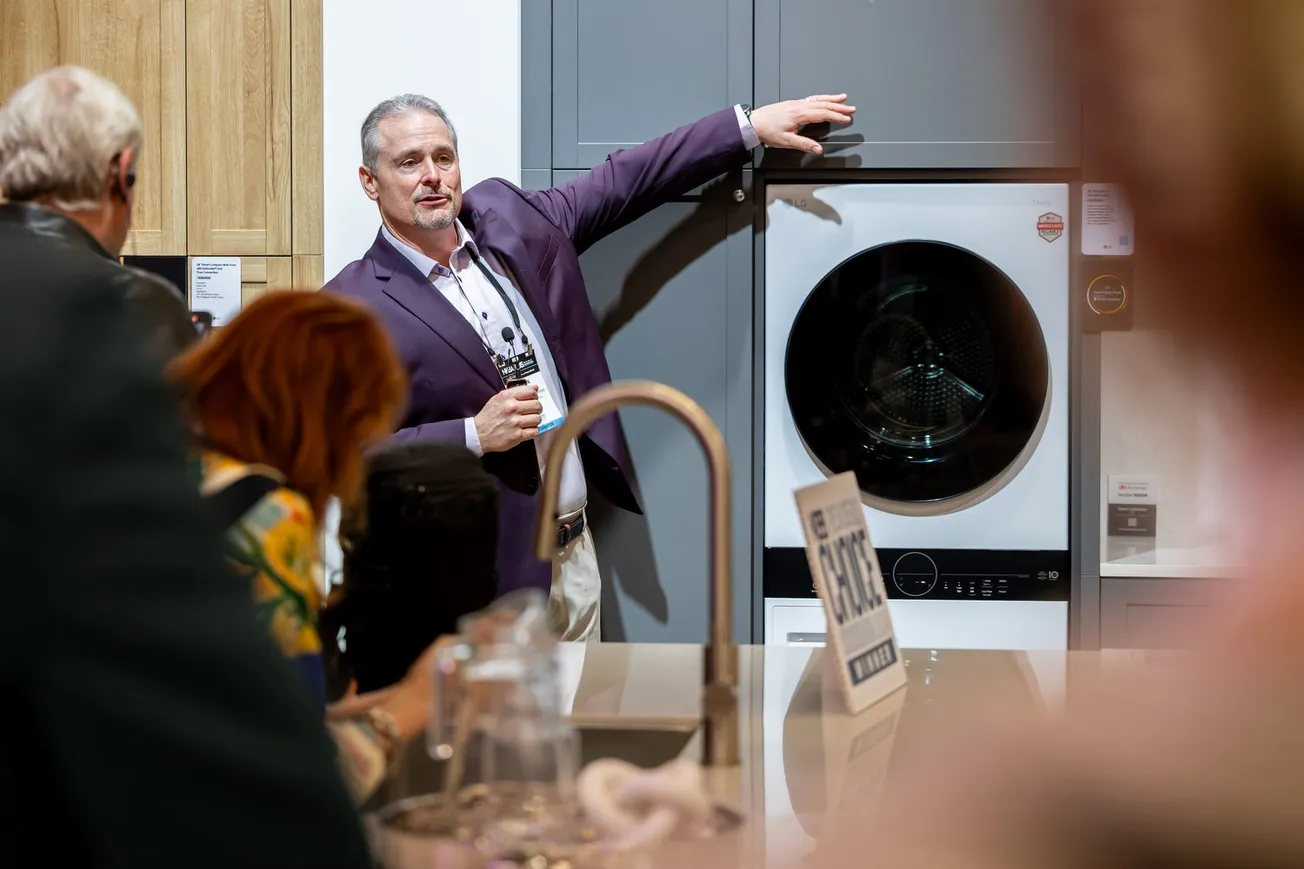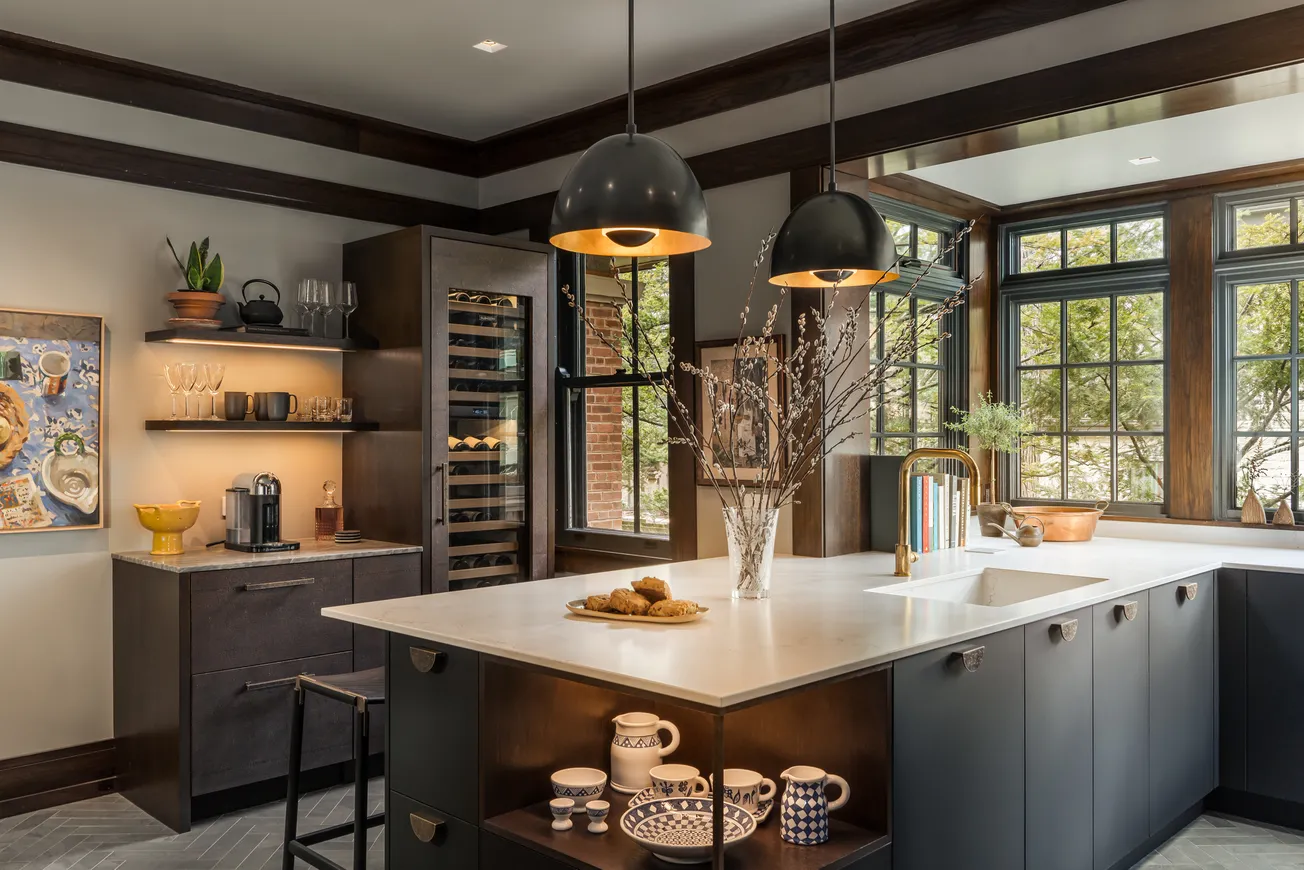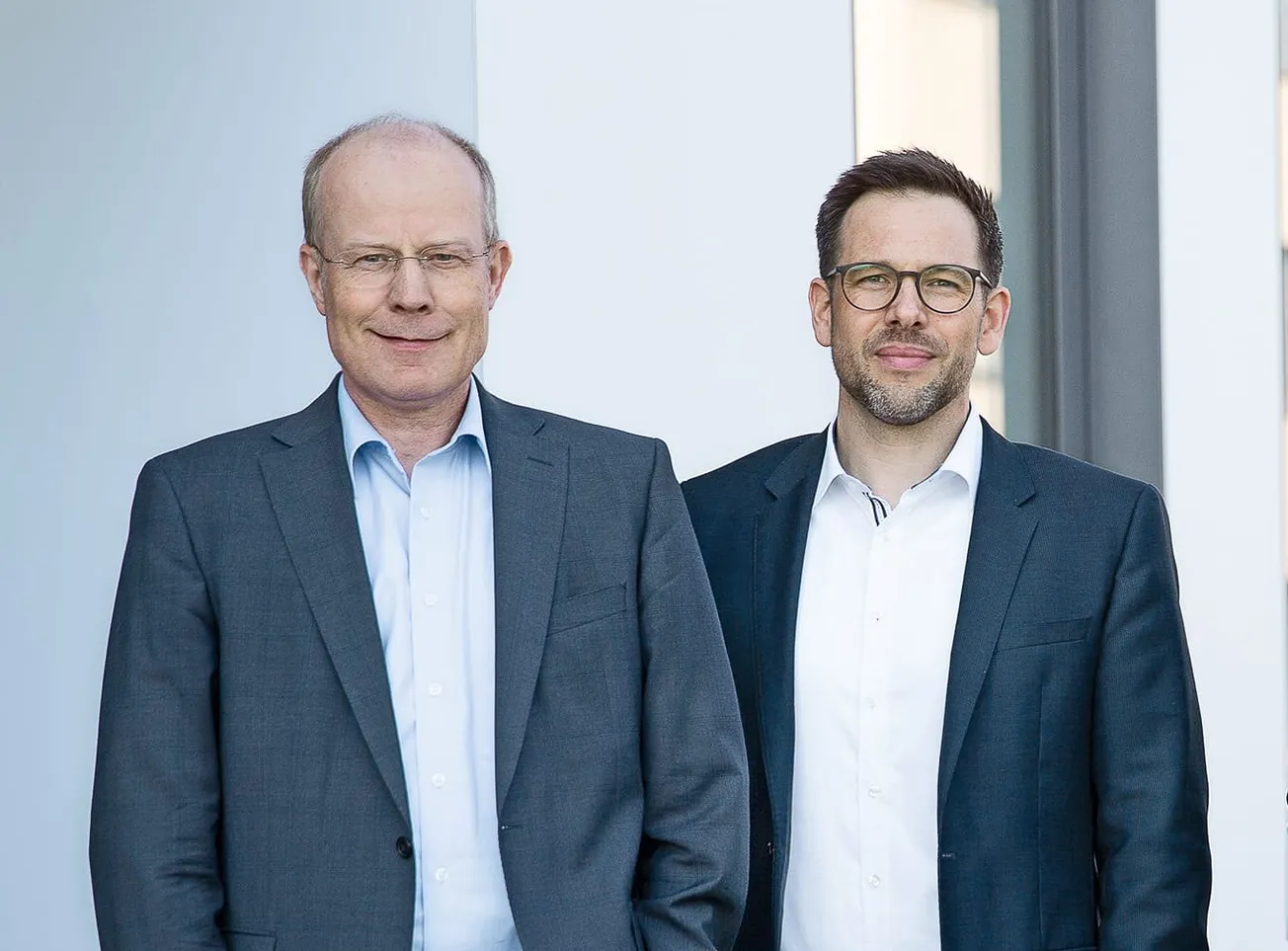Table of Contents
The Virtues of Virtual
By Jim Leute
VORTEK reality software offers immersive, 3D design experience
With a swipe of your hand, your kitchen countertop changes from quartz to granite. With another swipe, the cabinets transform from traditional to contemporary as the finish moves from matte white to a dark, rich texture.
Go ahead, swipe again and again. The options for your redesign are virtually endless. And they’re whizzing by in a real-size environment that makes blueprints and color swatches so yesterday.
That’s because of software developed by Arcane Technologies and distributed by Vero Software and Planit Canada.
VORTEK is an innovative sales tool that allows kitchen and bath manufacturers to display their products in an immersive, 3D virtual-reality environment to help better visualize a finished project.
As a virtual showroom, VORTEK presents an unlimited number of models, styles and mixes of materials that personalize and visualize a project in a 1:1 perspective with just a few simple hand gestures.
“VORTEK was developed to enhance the consumer color selection process and reduce designer’s time in nailing down the right combination of colors and textures for their customers,” said Paul Losavio, Americas marketing manager for Vero Software.
“It also serves to reduce the need for expansive showrooms that require continuous investment and remodeling to keep up with the trends. VORTEK allows limitless designs in a compact floor space, allowing easier profitability, especially in a high-cost real estate market.”
Losavio said VORTEK customers are using the technology to differentiate themselves from the pack and prove to the consumer that they are delivering the best and latest solutions.
While VORTEK has a suite of different products, VORTEK /experience visualizes projects interactively and in life size. The addition of 3D glasses gives the sense of space and depth to further re-create the end result.
“In essence, the customer is able to see it before they commit to buying it, something that has been a foreign concept in custom cabinetry to date,” Losavio said.
Essential to VORTEK is the input from makers of thermally fused laminates, high-pressure laminates and others so their latest grains, designs and colors are built into the software.
“Surface companies are attracted to the technology and are embracing it,” Losavio said. “The ability through VORTEK /experience to display their textures and colors in real life applications makes them that much more desirable.
“Moving away from physical swatch samples and into a digital representation that accurately depicts the true beauty of their finishes gives the early adopters the edge on the competition.”
Losavio said VORTEK /surfaces is an integrated product specifically designed for board and laminate manufacturers. It provides a catalog that allows the digitizing of colors and textures to produce ultra-realistic visuals with the use of high quality displays and tablets.
VORTEK /experience requires just 50 square feet in a showroom or trade show booth.
The web component can be seamlessly integrated to a customer’s website for a continuous customer experience. The system uses Google Analytics tracking to discover client preferences, and it can calculate project costs in real time.
The VORTEK suite also includes a mobile component.
Vero Software is a world leader in CAD/CAM software. It develops and distributes design and manufacturing software for the tooling, production engineering, sheet metal, metal fabrication, stone and woodworking industries.
Planit Canada, which merged with Vero in 2011, is a leading distributor of software products servicing the woodworking industry. Its products help companies that design and manufacture goods such as case goods and countertops for homes, offices, schools and hospitals.
The company’s customers are one- and two-person shops, small businesses employing 20 to 30 people and multinational, multibillion-dollar corporations, said Peter Mate, Planit Canada’s president.
“With VORTEK at trade shows, we stack three big screen TVs to project a life-size, 1:1 perspective,” Mate said. “If the countertop is supposed to be at 42 inches, it’s at 42 inches in front of the customer.”
With a series of hand motions, customers move through the project and change components, colors, textures, wood grains, backsplashes, flooring and more, he said.
“The technology bridges that leap of faith you used to make by looking at blueprints and color swatches,” he said. “These projects tend to be big-ticket investments that deserve a professional presentation.”
Mate said the VORTEK web portal allows customers to experience their project at home with family members.
“It brings the work from the design center into the home,” Mate said. “It’s a digital version of the showroom, and the display is only limited by the size of your hard drive.
“You can take your project from contemporary to traditional and mix and match finishes in a couple of clicks.”
Mate said VORTEK has received a warm welcome, particularly among designers and manufacturers that want to do more with their showrooms.
“They all have one thing in common, and that is that they’re all forward thinkers,” Mate said
Arcane, VORTEK’s developer, is heavily involved in research and development and routinely works with manufacturers to incorporate new or different products, he said.
“It’s a new technology, but it’s still just zeroes and ones,” he said. “The software itself is really exciting with the three TVs, web and iPad platforms, but technology is evolving so quickly, and new devices will open up new possibilities.”
Planit Canada brands cover every aspect of the design to manufacturing process. Cabinet Vision is the most widely used software in the industry for the manufacture of furniture and kitchen cabinets.
Losavio said consumers are more educated than ever and have access to massive amounts of information at their fingertips.
“The choices are endless, and optimizing the design process has been a big challenge as a result of never-ending options,” he said. “Tools to give the consumer the ability to take some of the design choice work home in a digital fashion will help streamline the designer’s handholding during this personal choice stage.
“Physical samples take up room, cost money and don’t quite convey the result as good as we’d like. Virtual immersive environments offer a platform for finishes and textures to shine.”
“The technology bridges that leap of faith you used to make by looking at blueprints and color swatches.These projects tend to be big-ticket investments that deserve a professional presentation.”
Peter Mate, Planit Canada’s president










